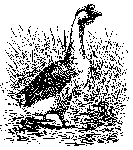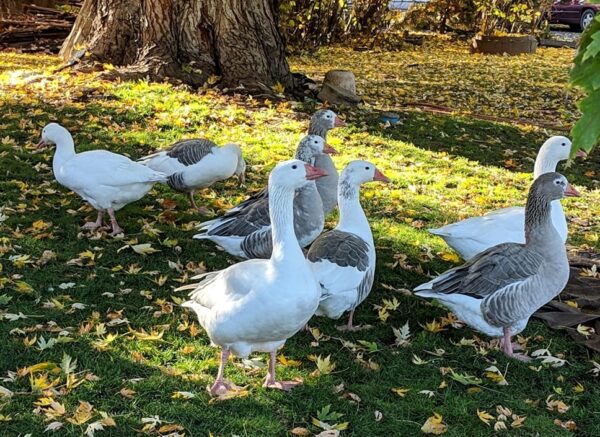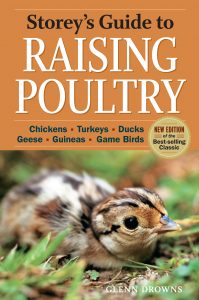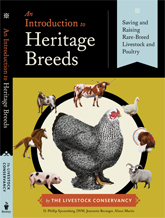
Breed Facts
Status:
Threatened
Use:
Meat, Weeding
Egg Color:
White
Egg Size:
Large
Weight:
Males – 9-12 lbs. / Females – 8-10 lbs.
Temperament:
Docile
Characteristics:
Active forager, heat tolerant, can fly
COTTON PATCH GOOSE
Once common on farms in the southeastern United States, the Cotton Patch goose gets its name from the tasks it performed. These geese weeded cotton and corn fields up until the 1950s. Cotton Patches are remembered in the rural south for helping many farmers and their families survive the Great Depression by providing a regular source of meat, eggs, and grease.
The breed’s beginnings aren’t clear, but it is thought to have descended from European stock brought to the US during the colonial period. Cotton Patch geese have many qualities in common with other sex-linked European goose breeds including the Shetland, West of England, and Normandy, although these breeds are recent importations to North America and did not play a role in its development. The Cotton Patch goose is the remaining relic of a little-known American breed with parent stock that likely shares common ancestors with other sex-linked breeds.
The Cotton Patch is a “sleek” goose that resembles the Greylag geese from which all European geese descend. The Cotton Patch is an “upright” goose with a tail in line with its back and wings, giving it a clean wedge profile. The Cotton Patch’s body is more elongated and less rounded than breeds such as Shetland or Pilgrim goose. The paunch is minimal and, when present, has a single lobe.
The breed is a light to medium-sized goose and are a landrace breed with some variability between strains. The Cotton Patch’s head is rounded, and the pinkish-to-orange beak is dished. One strain more closely resembles the Pilgrim goose and has a beak that is slightly “roman”. The ganders in this strain tend to have as many gray feathers as Pilgrim ganders, but these feathers are all dove gray – unlike the Pilgrim in which they can be slate gray. In all the bloodlines, the males are found to be all or mostly white with a small amount of dove grey. Inversely the females are mostly dove gray to brownish in color with variable amounts of white in their feathers. They have pinkish to orange feet and have blue eyes.
The geese lay large white eggs, with about 4-7 eggs per clutch. In the past, a good goose could lay up to 90 large eggs a year. The eggs are tasty, and their meat is flavorful. Ganders weigh 9-12 lbs. and geese 8-10 lbs.
Cotton Patch geese can fly well (beyond their first year), easily clearing 5-6-foot fences without a running start. This may seem like a fault to some, but it often allows them to escape predators. As expected from their history, they are excellent foragers and breeders should continue to select for this trait. Their smaller size allows them to tolerate hot weather better than heavier geese breeds, and they are very tolerant of hot, humid climates and are easy to keep. Cotton Patch geese are very rare and in need of serious conservation breeders.
Did you know:
When farms and farmers face a crisis, rare livestock breeds are more likely to be lost. That’s why The Livestock Conservancy offers Emergency Microgrants year-round. As the economy tightens, off-farm jobs are lost, herds are downsized, veterinary emergencies happen, and calamities such as floods, fires, and tornadoes continue. Help us help them. Click here to support the Emergency Response Fund with your gift today.
You may be interested in…

Breed Facts
Status:
Critical
Use:
Meat, Weeding
Egg Color:
White
Egg Size:
Large
Market Weight:
9 -12 lbs
Temperament:
Docile, Active
You may be interested in…




